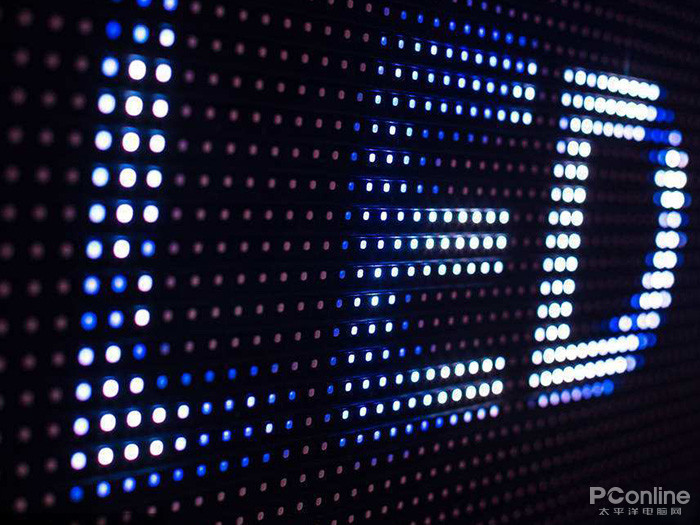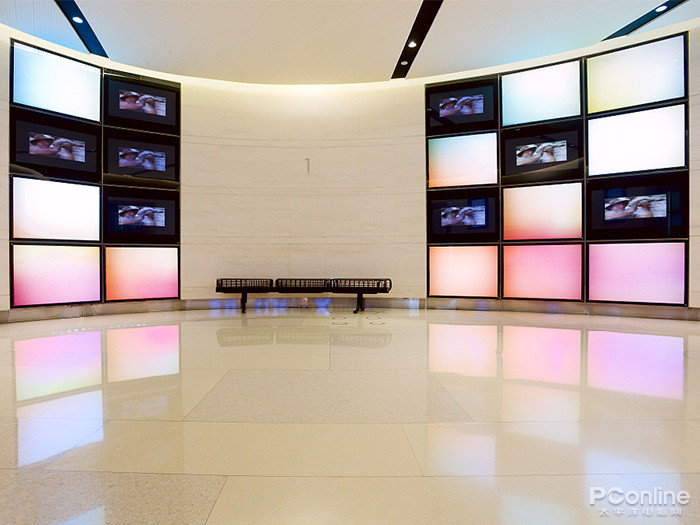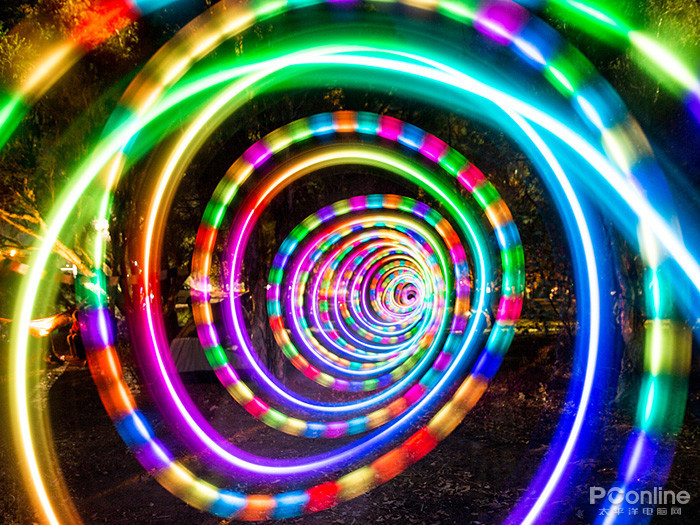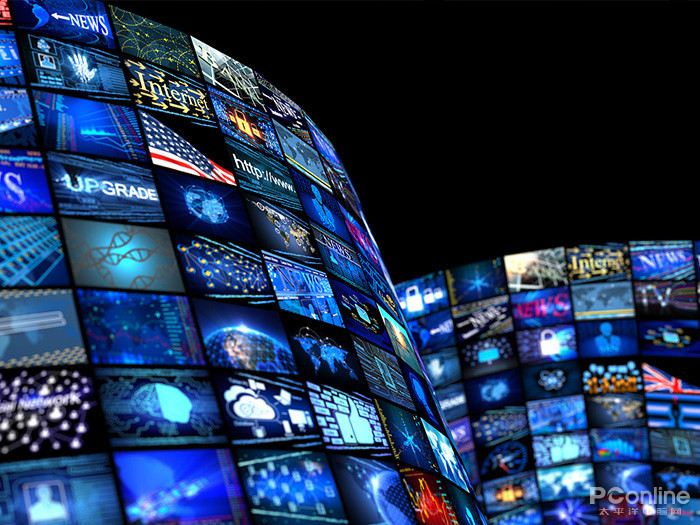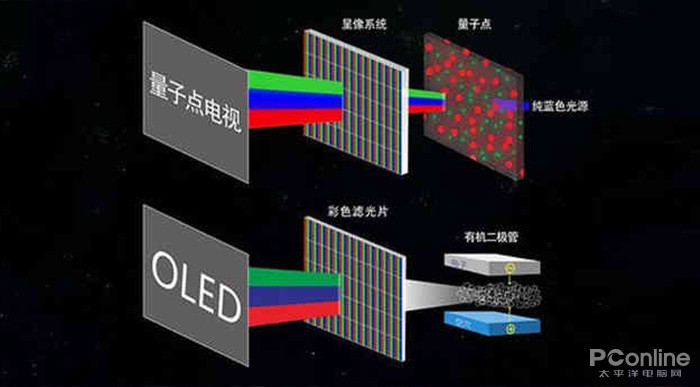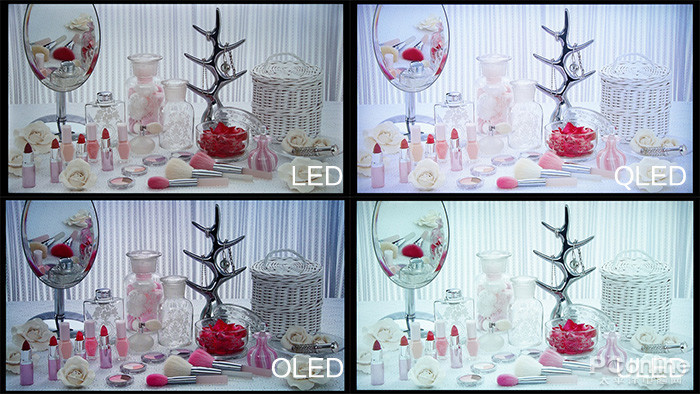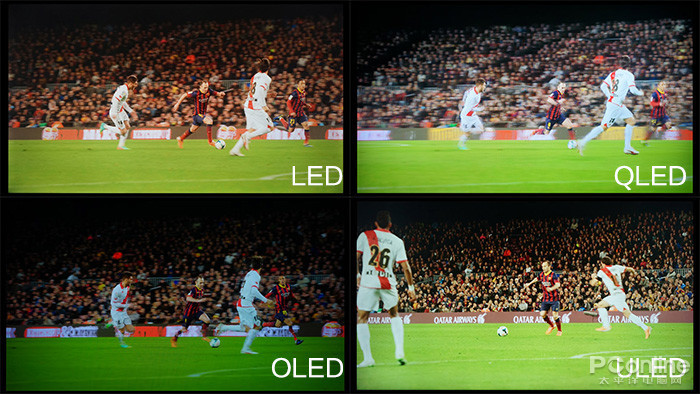LED/OLED/ULED/QLED technology comparison Who is more advantageous?
Date:2018-08-02
Guide: In recent years, TV display technology has developed faster and faster, and various new concepts have also flooded. LED ,OLDE ,ULED , QLED ,the most troublesome thing is these various LED concepts. The description of the merchant is also to make consumers feel puzzled. Today, the author takes you to identify these "X"LEDs together and let you become a "speaking emperor."
In recent years, TV display technology has developed faster and faster, and various new concepts have also come as floods. LED, OLED, ULED, QLED, the most troublesome thing is these various LED concepts, merchants The description is also to make consumers feel puzzled. Today, the author takes you to identify these "X" LEDs together and makes you become a "speaking emperor."
How many "X" LEDs can you buy TV? Can you tell the difference?
"X" LED concept explanation
led
LEDs are very common in our lives. The LEDs used in the large screens of various stages are LEDs. In Chinese, LEDs are LEDs. Some friends may ask, isn't LED TVs LCD TVs? How did it become a light-emitting diode?
The LED TV uses a liquid crystal panel as a display medium and a light-emitting diode as a backlight module. When the light passes through the liquid crystal layer, the liquid crystal molecules are controlled to be deflected to different degrees, and different brightness levels can be exhibited. Then pass a layer of colored filters, let the white light color, and finally present in front of us. So in general, the LED display will be thicker.
LED backlight technology has been used for many years, it seems that it can not meet the needs of today's consumers, in order to stand out, the major manufacturers are also "eight immortals across the sea, each show magic", research and development of a variety of display technology, in front of the LED added letters to distinguish In order to put a specific label on your high-end TV. For example, Samsung's QLED, LG's OLED, and Hisense's ULED look very similar, but they are completely different technologies.
ULED
ULED is a display quality technology launched by Hisense. It adopts multi-zone independent backlight control and HiView graphics engine technology. It is stronger than LED in contrast and color gamut, and uses 2 times more backlight source than ordinary LED screen. The screen is accurately divided into 576 areas for finer image quality adjustment, but in fact ULED is also LED technology.
ULED TV can be said to be the master technology of Hisense, Hisense's ULED TV does perform very well in the picture quality, and can even compete with OLED TV, but the strength of the manufacturer layout is thin, like singing a one-man show, not conducive to technology. development of.
QLED
QLED is an LED TV equipped with quantum dot technology. The QLED TV with quantum dots and LEDs combines amazing color performance. Quantum dots are an emerging luminescent material that does not directly emit the colors we see, but instead disperses the backlight of the LEDs and acts as a filter in an LED panel.
Although quantum dot LED TVs perform very well, like ULEDs, QLEDs are also a concept for manufacturers to promote, and not all quantum dot LED TVs are called QLEDs.
OLED
OLED refers to organic light-emitting diodes. The display screen of this kind of TV is made of organic materials that can emit light by itself. It can realize each pixel to emit light by itself, no longer need backlight, and the display itself is the backlight. With a very thin organic material, the organic material will illuminate when the current is passed, and the OLED will not emit light at all in the case of black display, so the black using the OLED screen will be more pure and can save significant power.
The author simply summarizes the advantages of OLED, ULED, QLED three TVs.

Measured sample comparison
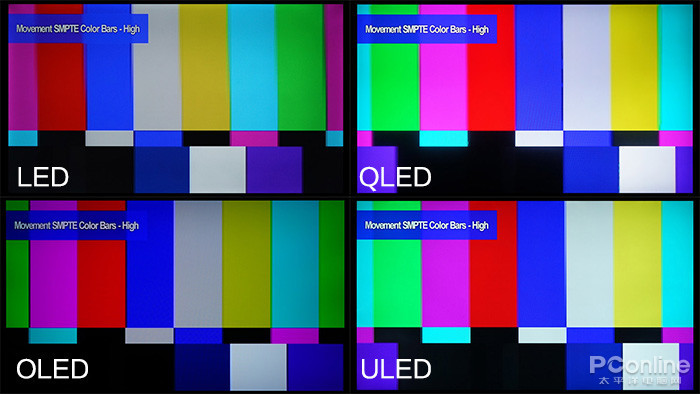
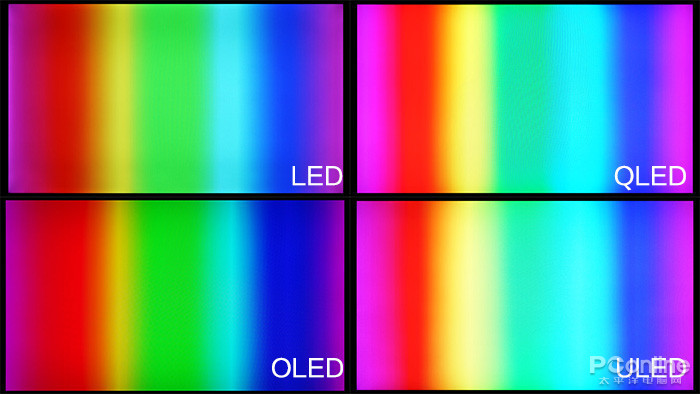
"Color gamut" Q&U won. It can be clearly seen from the two proofs that QLED and ULED are more abundant in color, the color is more pure, U adopts backlight + color filter film, Q uses quantum dot technology, and has natural advantages in color display.
"Brightness" Q wins. QLED uses a high-brightness LED module to improve the backlight structure, the highest brightness can reach 2000nit (iPhone8 maximum brightness 625nit). The characteristics of OLED organic light, the performance in terms of brightness is not satisfactory, high brightness will cause loss of organic light-emitting materials, and after a long time, the brightness will also have a certain attenuation.
"Black level" O wins. It is obvious from this set of proofs that the black color of the OLED is more pure, and it is undoubted that the OLED can be completely non-illuminated when displaying black, and the ULED can almost reach the level of the OLED. In contrast, although QLED has local light control technology, it still cannot control every pixel.
"Refresh rate" O wins. When watching sports events or Hollywood blockbusters, the high refresh rate can better enjoy the various shocking effects in the film, and will not produce smear and blurry images due to slow TV reflection. The liquid crystal molecules of the QLED need a mechanical rotation process after receiving the signal, and the OLED only needs to turn on and off the corresponding pixel points after receiving the electrical signal.
Who will be the ultimate winner?
After reading so many sets of comparisons, the "X" LEDs of major manufacturers can be said to be indistinguishable, and some are indeed innovations in luminescent materials and illuminating methods, and some are only conceptual definitions. In terms of display technology, various manufacturers have different implementation methods. No one is omnipotent, and there is always a certain complementary relationship. It is still too early to talk about who is the real winner. For consumers, "just buy right, don't buy expensive" is the eternal truth, consumers will only pay for cost-effective products. Who can quickly improve technology and reduce costs, who can become the ultimate winner.
【Close】




 +86-760-22115926 Anna Zhang
+86-760-22115926 Anna Zhang
 gaea668@263.net
gaea668@263.net
